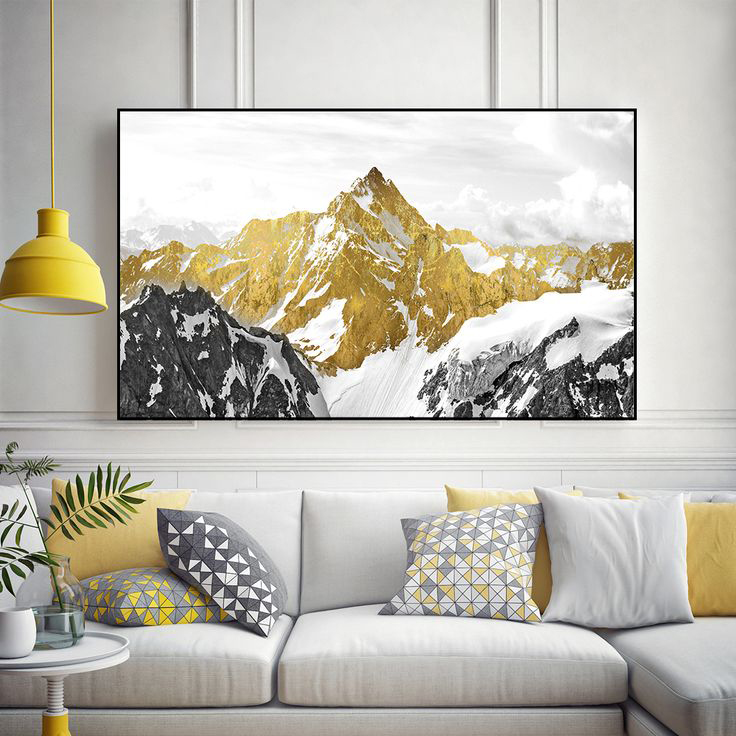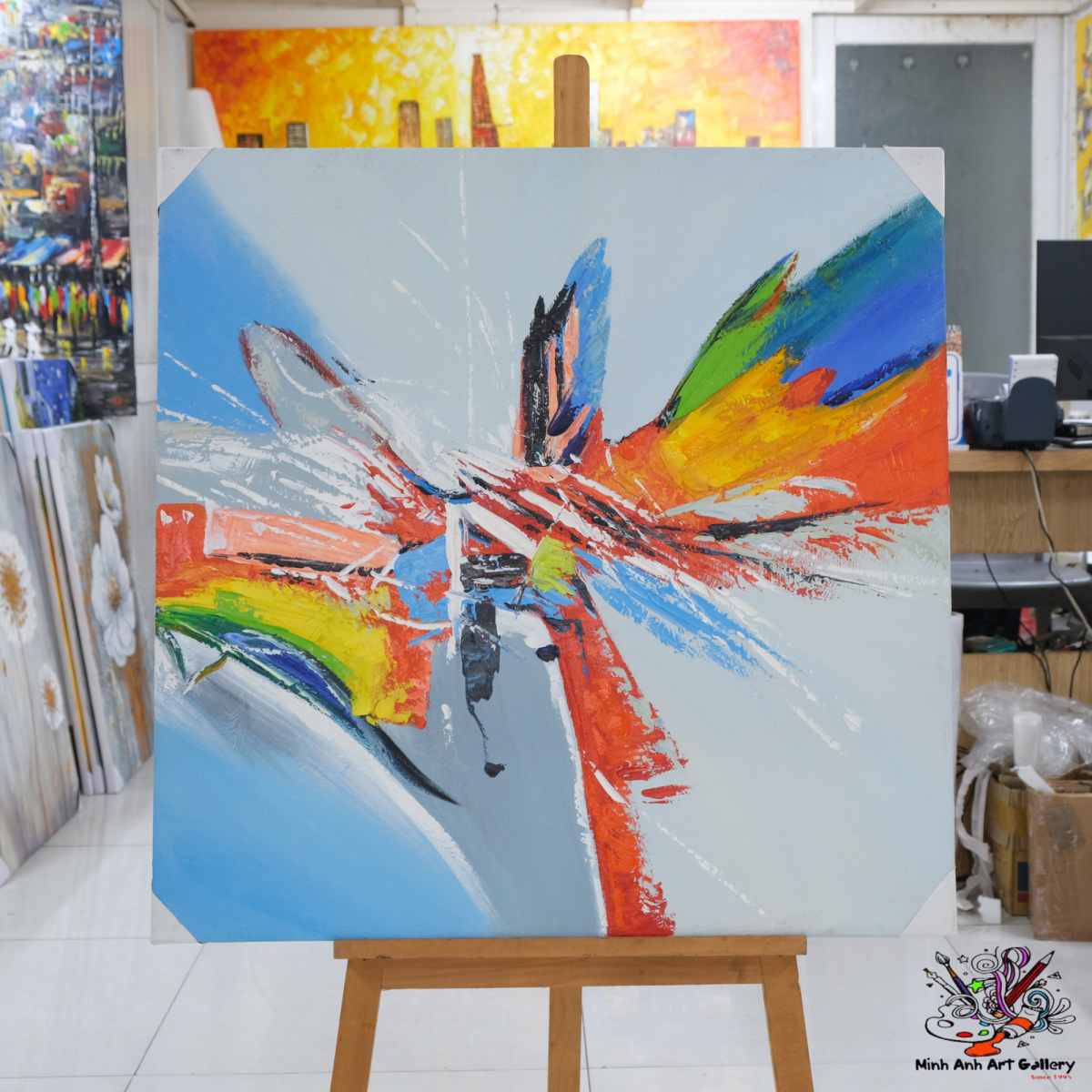Ever walked into an art gallery and felt like every piece was whispering a part of the same story? That magic doesn’t happen by chance. Behind every fine art collection, there’s a curator—part historian, part visionary—carefully piecing together a puzzle of color, emotion, and purpose.

A fine art collection isn’t just a group of pretty paintings or sculptures thrown together. It’s a curated universe, one that tells a story or expresses a theme. Whether it’s in a private art gallery or a public institution, a great collection resonates with depth and harmony.
Think of curators as editors of the visual world. They sift through thousands of options to pick works that align with a vision. From emerging talents to established legends, curators are the bridge between artist and audience.
Curation ensures that a collection has soul. Without it, an art display would feel like a random Pinterest board. Good curation transforms an art collection gallery into a journey.
So how do they actually decide what makes it into a modern art collection? Here's the behind-the-scenes breakdown.
Before a single piece is chosen, curators define a clear vision. Is the gallery focusing on realism, abstraction, cultural commentary, or all three? This step sets the tone for every selection to come.
Curators dive deep—attending exhibitions, reviewing portfolios, reading critiques. They stay ahead of trends in both local and global scenes to source pieces that align with the curated art collections theme.
It’s not just about beauty. Curators assess technique, originality, emotional weight, and relevance. Does the piece speak to today’s world or challenge the viewer’s perception?
A strong collection offers variety—different mediums, cultures, and perspectives. Balance prevents monotony and keeps the gallery engaging from wall to wall.
Before any piece enters a collection, curators verify its origin. Fakes can destroy credibility. This step is essential, especially when building a reputable art collection online.

Where the collection will be displayed plays a big role in what gets chosen.
Private art galleries often have more freedom to take risks—showcasing edgy or unconventional pieces. Public institutions, meanwhile, must often cater to broader audiences.
A contemporary art gallery leans into current issues, experimental mediums, and up-and-coming artists. Curators here are often tastemakers setting new trends.
The best curated art collections are like novels. They don’t just display—they narrate.
Artworks should relate to one another in mood, color, or concept. The goal is to walk the viewer through a curated emotional or intellectual experience.
Art gallery exhibitions are where curation shines. It’s the climax of a curator’s effort—where the collection meets its audience and the story unfolds under gallery lights.
With more galleries going digital, curation has had to adapt.
Today, you can explore or build your own art collection online without ever leaving your couch. But even online, curators must ensure coherence and credibility.
Many institutions offer virtual art gallery collection tour options, allowing global access to carefully curated works. The digital stage opens new possibilities for storytelling and inclusion.
Think of the Louvre or MoMA. These famous art collections stand out because of their consistency, depth, and ability to evoke wonder across generations.
Consistency. Vision. Curiosity. These are timeless tools for curators, whether working in a modern art collection or preserving legacy.
Art isn’t cheap. Curators must juggle big dreams with tight budgets, often negotiating or relying on grants and donors.
Should they stick to classic oil paintings or feature NFT art? Walking the line between tradition and innovation is a daily challenge.

Curation is both an art and a science. It’s about balancing vision, taste, and practicality to shape something meaningful. Whether you're exploring a collection in a quiet gallery or scrolling through an art collection online, remember—every piece was chosen with purpose. At Minh Anh Art Gallery, every canvas on display echoes the thoughtful hands and sharp eyes of a passionate curator.
1. What qualifications do art curators need?
Typically, a master’s degree in art history or museum studies is required, along with experience in gallery or museum settings.
2. How long does it take to curate an exhibition?
It can take several months to over a year, depending on the size and theme of the exhibition.
3. Can anyone start a fine art collection?
Absolutely. Whether you have a large budget or not, starting small and focusing on passion makes for a meaningful collection.
4. What is provenance in art curation?
Provenance refers to the documented history of an artwork’s ownership. It's crucial for authentication and value assessment.
5. How is online curation different from physical gallery curation?
Online curation emphasizes visual storytelling through digital interfaces, but still requires the same principles of cohesion, quality, and narrative.
Discover how curators select artworks for a fine art collection, from vision to curation in a contemporary art gallery or art collection online.
Message:
This article is proudly crafted by Minh Anh Art Gallery, your destination for authentic, handcrafted oil paintings. Visit us at 101 Bui Vien St, District 1, Ho Chi Minh City, Vietnam or online at https://minhanhart.vn/. Contact us at (+84) 962 720 484 or minhanhart.vn@gmail.com.